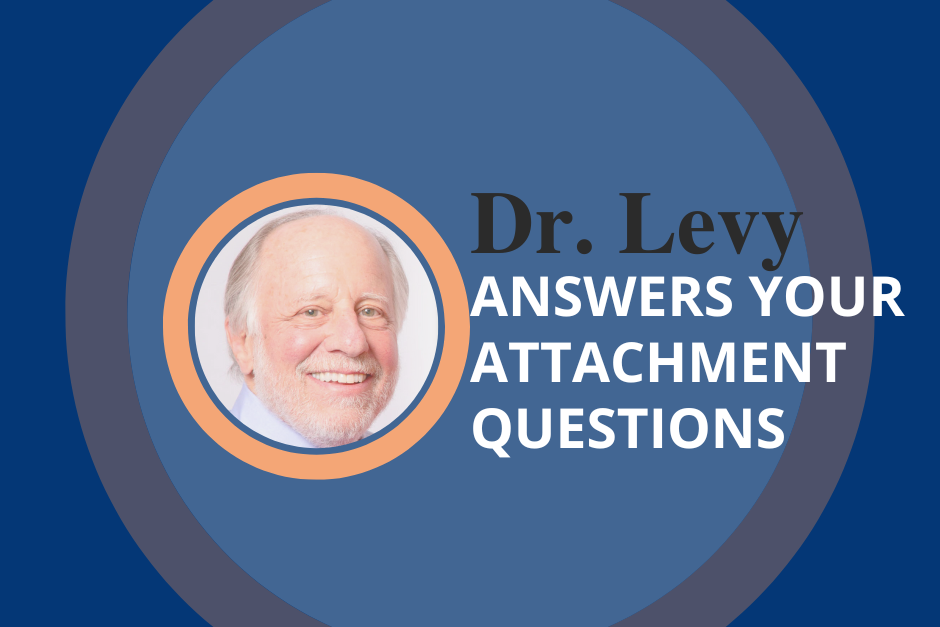Each month, Dr. Levy answers a common question he has received from professionals, caregivers and parents during nearly five decades of pioneering work on attachment theory, treatment and training.
Q. What is the Dependency Paradox when we talk about adult relationships in attachment theory?
A: In short, the Dependency Paradox is that the more fully we can depend on our partner and trust them as our secure base, the more independent we are able to be.
Western culture has a long history of emphasizing self-sufficiency and independence. John Watson and the behaviorists of the 1940s warned parents that children should learn to soothe themselves otherwise they would become week and overly dependent (Watson 1928). Parents were advised to maintain emotional and physical distance from their children, allowing them to cry alone. This the experts believed would foster self-reliance and fortitude.
Adults have been given similar advice when it comes to romantic relationships. In popular psychology, people have been warned about the dangers of “codependency.” The basic message is that fulfillment and happiness should come from within, and you should not rely on your partner to make you whole or happy. The assumption is that dependency in a relationship is harmful and unhealthy and reveals a psychological deficiency in the person. Granted, some codependency can be unhealthy, such as a dynamic involving substance abuse or domestic violence.
But according to attachment theory and more recent research, dependency is a natural part of our biology and psychology. People who are securely attached, become physiologically connected and interdependent. This reciprocal relationship begins during pregnancy between mother and child. The mother and her unborn infant are in sync, even coordinating sleep and activity cycles. This interdependence fosters healthy development. The baby’s smile brings joy to the mother, motivating her to cuddle and stay close. The mother’s smile soothes and relaxes her baby, enhancing trust and security. The mother’s support and love help regulate her baby’s body and brain; maternal touch stimulates growth hormones, and her milk regulated the baby’s heart rate. Infants and their attachment figure continuously affect one another in a dance of reciprocity.
When parents and children are attuned in this way and when adult partners form a secure attachment a rush of oxytocin floods through their brains. Oxytocin, often referred to as the love hormone or affiliative neuropeptide, stimulates the release of dopamine and the reward center of the brain, creating a feeling of calm and contentment while suppressing the stress hormone cortisol.
It makes sense that someone who feels secure, calm and content in their relationship, will feel more confident about going out into the world without their attachment figure. Being able to trust and depend on your partner as a secure base, leads to increased independence, not less. We see this with securely attached children. They will protest their parents’ leaving but are calm and confident in investigating their environment when their attachment figures are present. They have a secure base and can feel certain that their parent is available to support and protect them, which allows them to explore and learn in an optimal way. The more secure a person feels at home, the more they will feel free to venture out independently, knowing that they can always return to their secure base.
Previous articles addressed questions about the Seven Functions of Secure Attachment, the Dependency Paradox, the importance of talking about trauma, the First Year Attachment Cycle, Attachment Communication Training, the Core Concepts of Childhood Development, the traits of successful and healthy adult relationships, stress and attachment, and long-term effects of compromised attachment.



2812775638